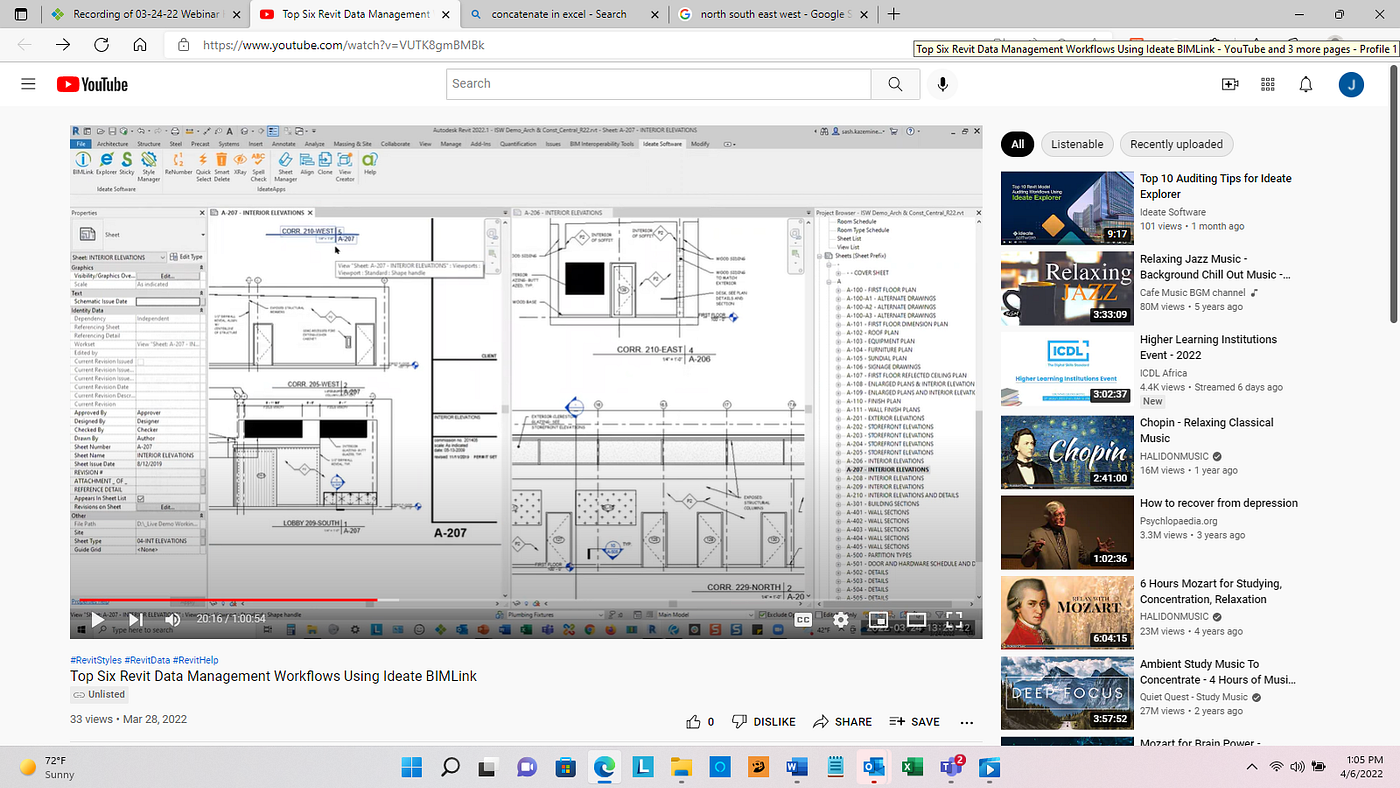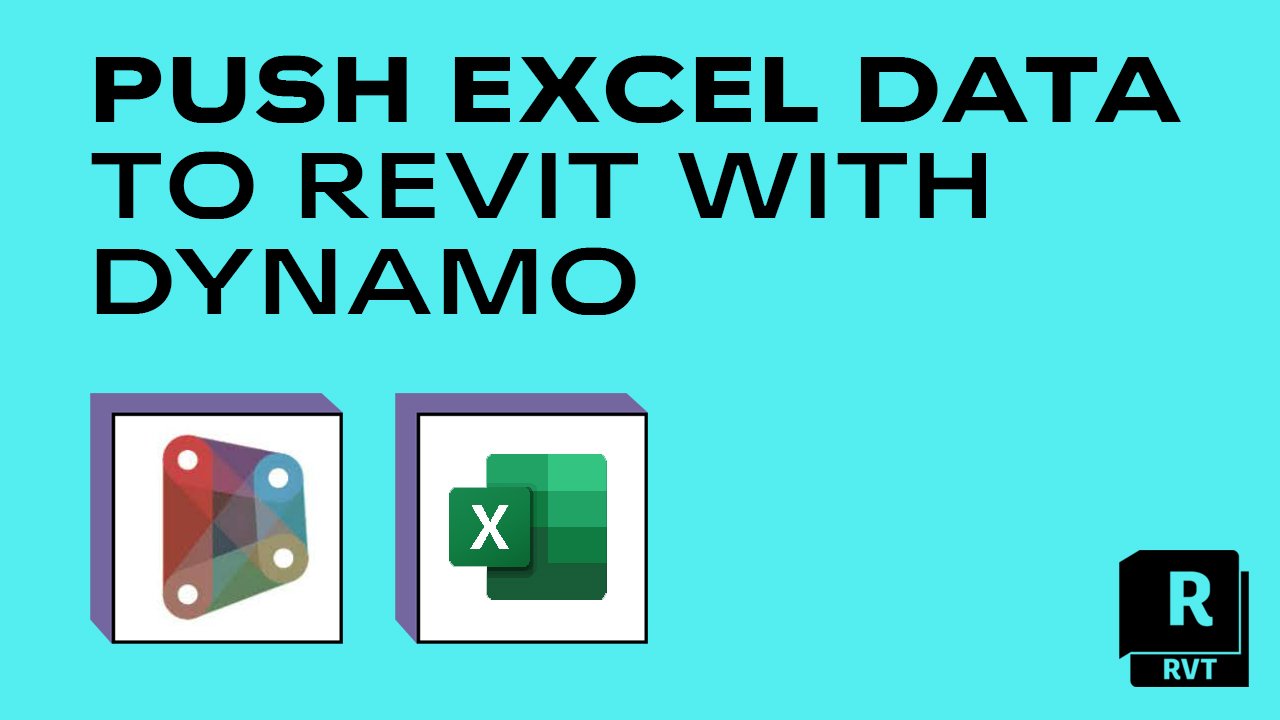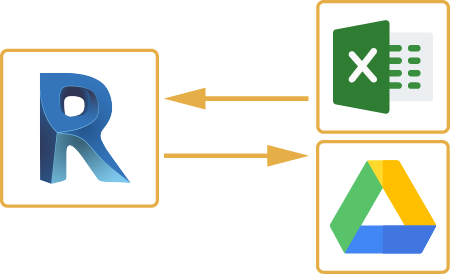Damaging Barriers: Excel Importation Techniques for Advanced Revit Users
Are you a sophisticated Revit user wanting to take your abilities to the following level? In this post, we will certainly reveal you exactly how to break barriers by leveraging Excel for importation in Revit. Check out various information importation methods and master Excel combination to enhance your Revit modeling capabilities. With our tricks and suggestions, you can conquer importation difficulties and come to be a true expert in utilizing Excel for your Revit jobs. Get all set to master your Revit journey!
Advanced Revit Users: Leveraging Excel for Importation
You can easily utilize Excel for importation as an advanced Revit user. Excel is a powerful tool that can substantially improve your workflow and efficiency in Revit. With its capability to deal with big quantities of data and do intricate calculations, Excel can be an useful asset in handling and arranging your project info.
One means to take advantage of Excel for importation is by utilizing the "Link Excel" attribute in Revit. This feature allows you to link an Excel spread sheet straight into your Revit task, allowing you to upgrade and integrate information in between the 2 programs. When dealing with routines or tracking modifications in your project., this can be specifically beneficial.
An additional way to use Excel is by using the "Import/Export" function in Revit. This function permits you to import and export information in between Revit and Excel, providing you the adaptability to work with data in both programs. You can import information from Excel into Revit to create elements such as doors, rooms, or wall surfaces, and you can additionally export data from Revit to Excel for additional evaluation or reporting.

Exploring Data Importation Techniques in Revit Making Use Of Excel
Checking out exactly how to import data from Excel right into Revit offers reliable approaches for integrating info. When you import information from Excel, you can perfectly transfer information such as room timetables, material listings, and tools data into your Revit job. This procedure permits you to save time and effort by preventing hands-on information access.
To import data from Excel into Revit, you can utilize the "Import/Export" function. This feature enables you to map the Excel information areas to the equivalent Revit specifications, ensuring that the info is correctly designated within the design. By selecting the suitable import options, you can control just how the information is imported and exactly how it engages with your job.
One more technique for importing information from Excel right into Revit is by making use of Dynamo. Dynamo is an aesthetic shows device that integrates with Revit and allows you to automate operations and tasks. With Eager beaver, you can develop custom scripts that import information from Excel and control it within your Revit project. This technique gives a lot more versatility and modification alternatives.
Mastering Excel Combination for Advanced Revit Modeling
One essential method is importing data from Excel spread sheets directly right into your Revit design. With a couple of easy actions, you can map the Excel columns to the equivalent Revit specifications and import the her explanation data precisely.
Another beneficial approach is exporting information from Revit to Excel. This allows you to extract info from your version, such as timetables or product quantities, and evaluate it in Excel using formulas, graphes, or other effective devices. By leveraging the capabilities of Excel, you can execute complex calculations, produce custom-made records, and gain useful insights into your project.
Along with data transfer, Excel integration can automate repeated jobs in Revit. By developing macros or scripts in Excel, you can automate processes like producing sights, creating sheets, or applying typical family members - import excel into revit. This not just conserves time but likewise makes certain uniformity throughout your task
To master Excel combination in Revit, it is vital to understand the information framework and exactly how Revit interacts with Excel. By acquainting on your own with the readily available devices and strategies, you can unlock the full capacity of Excel assimilation and take your Revit modeling to the following level.
Conquering Importation Difficulties: Excel Techniques for Revit Specialists
When getting over importation difficulties, it's important to be familiar with reliable Excel techniques that can profit specialists in Revit. As an innovative Revit customer, you understand the significance of flawlessly importing information from Excel right into your jobs.

Another valuable method look at this website is utilizing the "Transpose" function in Excel. This allows you to transform information from rows to columns or vice versa. When importing information into Revit, this can be particularly useful when you have information in an upright format in Excel, yet you require it to be in a horizontal layout in Revit.
Additionally, utilizing Excel formulas such as VLOOKUP and INDEX-MATCH can considerably help in mapping information from Excel to Revit. These solutions enable you to look for details worths in Excel and fetch matching data from one more column. This can conserve you time and initiative when importing big datasets into Revit.
Excel Information Importation Idea for Advanced Revit Users
By familiarizing yourself with effective Excel tricks and ideas, you can improve your information importation process as an advanced individual of Revit. Additionally, utilizing Excel's "Paste Special" feature permits you to paste information from Excel right into Revit while keeping formatting, such as cell shade or font style. Another useful method is to make use of Excel's "Change and locate" feature to rapidly make changes to your data before importing it right into Revit.
Conclusion
You have actually now learned valuable strategies for importing data from Excel into Revit as a sophisticated user. Go in advance, damage those obstacles and excel in your Revit tasks!

When importing information right into Revit, this can be specifically handy when you have information in an upright layout in Excel, yet you need it to be in a straight format in Revit.
Furthermore, using Excel formulas such as VLOOKUP and INDEX-MATCH can significantly assist in mapping information from Excel to Revit. In addition, using Excel's "Paste Unique" function permits you to paste data from Excel right into Revit while maintaining format, such as cell color or font style.